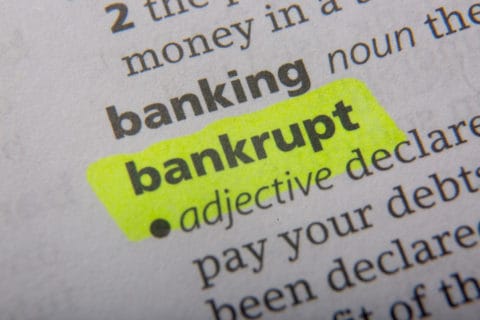4 Common Bankruptcy Questions Answered
Bankruptcy allows a debtor to get rid of most debts and reestablish credit. Although the amount of bankruptcy filings continues to rise each year, there are still many misconceptions about how bankruptcy works and what its effects are on one’s financial stability. Take a look below for some simple answers to common questions about bankruptcy:
1. What Types of Bankruptcies Are There?
Chapter 7 and Chapter 13 bankruptcies are the most common types of filings. Chapter 7 bankruptcy liquidates the debtor’s assets and discharges most debts, while a Chapter 13 bankruptcy reorganizes existing debt into a single payment plan spanning three to five years.
2. What Are the Restrictions?
Chapter 7 bankruptcy filings require a “means test,” which assesses your income against your ability to pay off your debt, and must be administered by a licensed bankruptcy attorney. Chapter 13 bankruptcies currently have a debt limit of $360,475 for unsecured debt and $1,081,400 for secured debt; however, this amount is periodically readjusted to reflect market changes.
3. How Long Will a Bankruptcy Stay on Your Credit Report?
Chapter 7 bankruptcies may remain on your credit report for up to ten years after the filing date. A Chapter 13 bankruptcy can remain on it for up to seven years from the discharge date—meaning that the time limit begins after you’ve satisfied the repayment period.
4. Which Debts Are Not Covered by Bankruptcy?
Fixed debts such as child support, student loans, alimony, and certain taxes and fees may remain after filing for Chapter 7 bankruptcy. A Chapter 13 bankruptcy has the advantage of allowing you to stop foreclosures on your home and liens on your property.
Bankruptcy laws vary between states, so it is essential to get assistance from an experienced bankruptcy attorney. If you live in the Chicago area and are considering bankruptcy, then contact the experts at Cutler & Associates, Ltd. We will provide you with the legal support you need to stop collection harassment and get rid of your debt.

